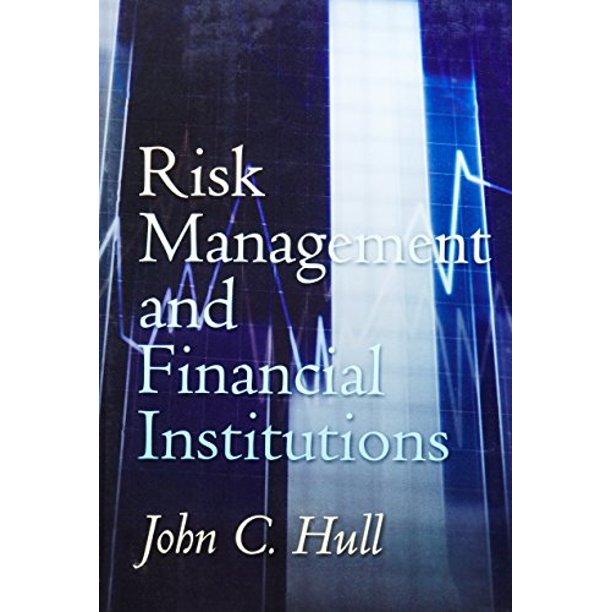Answered step by step
Verified Expert Solution
Question
1 Approved Answer
The book is called Multinational Business Finance edition 14 By Eiteman, Stonehill, and Moffett (Chapter 7 mini case questions) 1. What were the expectations -
The book is called Multinational Business Finance edition 14 By Eiteman, Stonehill, and Moffett (Chapter 7 mini case questions)
1. What were the expectations - and the fears - of the South Korean exporting firms that purchase the KiKos?
2. What is the responsibility of a bank that is offering and promoting these derivative products to its customers? does it have some duty to protect their interests? who do you think was at fault in this case?
3. If you were consultant advising firms on their use of foreign currency derivative products, what lessons would you draw from this case, and how would you communicate that to your clients?
I need help answering all of this questions.






Step by Step Solution
There are 3 Steps involved in it
Step: 1

Get Instant Access to Expert-Tailored Solutions
See step-by-step solutions with expert insights and AI powered tools for academic success
Step: 2

Step: 3

Ace Your Homework with AI
Get the answers you need in no time with our AI-driven, step-by-step assistance
Get Started


